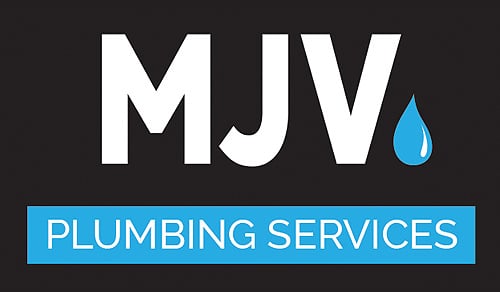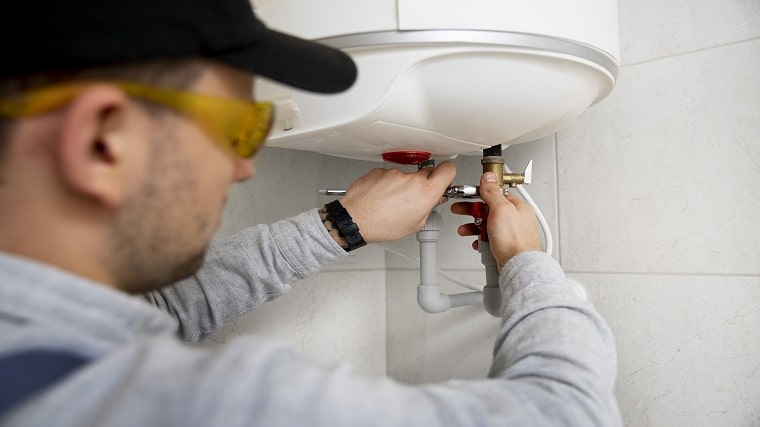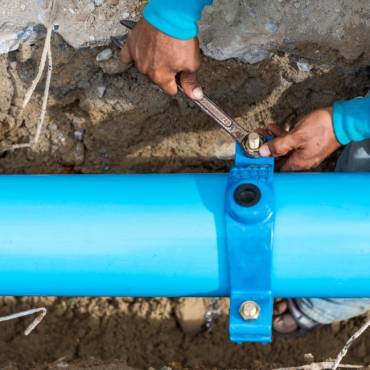A running toilet can be an annoying and wasteful problem that many homeowners encounter. Not only does it lead to increased water bills, but it can also disrupt your household’s peace and tranquility. Fortunately, repairing a running toilet is a relatively simple task you can tackle independently with the right knowledge and tools. Let’s dig deeper and explore the top 10 ways to repair a running toilet.
Step-by-Step Repair Methods to Repair a Running Toilet
Now let’s move on and delve into the details of the ten steps that you need to follow to repair your running toilets.
Checking and Adjusting the Water Level in the Tank
To begin, it’s important to check the water level in the tank of your running toilet. Lift the lid off the tank and locate the water level indicator, usually a marked line or a fill tube. If the water level is too high, it can cause constant running. To adjust the water level, locate the fill valve connected to the water supply line.
Inspecting and Replacing the Flapper Valve
One common cause of a running toilet is a faulty flapper valve. Start by identifying the flapper valve, a rubber seal at the bottom of the tank. If the flapper valve is cracked, worn out, or not sealing properly, water can continuously run into the toilet bowl. Turn off the water supply to the toilet, flush to drain the tank, and remove the old flapper valve by detaching it from the flush chain. Install a new flapper valve by connecting it to the flush chain and ensuring a secure and watertight seal.
Hiring Professional Plumbing Services
If you’ve tried the various DIY methods to repair a running toilet in your Essendon home but still haven’t been successful, it may be time to seek professional plumbing services. Hiring experienced and qualified Plumbing services in Essendon ensures that your plumbing issues, including a running toilet, will be addressed effectively and efficiently. Professional plumbers have the expertise, tools, and knowledge to diagnose the root cause of the problem and provide long-lasting solutions. Whether repairing faulty valves, replacing damaged components, or resolving complex plumbing issues, a trusted plumbing service in Essendon can save you time, effort, and potential headaches. Look for licensed and insured plumbers with a solid reputation and positive customer reviews to ensure quality workmanship and exceptional service.
Repairing or Replacing the Fill Valve
The fill valve is responsible for refilling the tank after each flush. If the fill valve is not functioning properly, it can lead to a running toilet. Start by diagnosing common fill valves issues such as a faulty float, a clogged valve, or a worn-out seal. Depending on the specific problem, you can attempt to repair the fill valve by cleaning or replacing the components.
Fixing a Faulty Flush Valve
The flush valve releases water from the tank into the toilet bowl during flushing. If the flush valve is not working correctly, it can cause water to flow continuously into the bowl. Inspect the flush valve for any signs of damage, such as cracks or deterioration. If the flush valve is faulty, attempt to repair it by adjusting the chain length or cleaning any debris that may obstruct the valve’s proper function.
Replacing a Damaged Flush Handle
A loose or broken flush handle can prevent the toilet from flushing properly and lead to a running toilet. Begin by identifying the type of flush handle mechanism your toilet has: a lift arm, a trip lever, or a push button. Remove the old flush handle by unscrewing or unclipping it from the inside of the tank. Install a new flush handle by following the specific instructions for your type of mechanism. Ensure the new handle is securely attached and operates smoothly to properly engage the flush valve.
Tightening Loose Connections
Loose connections within the toilet tank can contribute to a running toilet. Check the water supply line, bolts, and nuts connecting the tank to the bowl for any signs of looseness. An adjustable wrench tightens these connections, ensuring a secure and watertight seal. Be cautious not to overtighten, as it may cause damage to the toilet components.
Addressing Leaks in the Tank
Leaks in the toilet tank can lead to a constant water flow and a running toilet. Inspect the tank carefully for any cracks, leaks, or damaged components. If you notice any cracks, use epoxy or a silicone sealant designed for plumbing to repair them. Pay close attention to the areas around the fill, flush, and other fittings. Apply the sealant according to the manufacturer’s instructions, ensuring a tight and watertight seal. Allow the sealant to cure fully before refilling the tank and testing the toilet.
Repairing or Replacing the Overflow Tube
The overflow tube is designed to prevent the toilet tank from overflowing. If the overflow tube is damaged or not functioning correctly, it can result in a running toilet. Inspect the overflow tube for cracks, leaks, or misalignment. Depending on the extent of the damage, you can attempt to repair it using epoxy or a silicone sealant suitable for plumbing applications.
Clearing Blockages in the Toilet Bowl
A clogged toilet bowl can cause water to constantly run. If you suspect a blockage, start using a plunger to clear it. Place the plunger over the drain opening in the bowl and apply firm, downward pressure to create suction. Use a pumping motion to dislodge the blockage and allow free water flow. A toilet auger can reach deeper into the plumbing and break up the obstruction for stubborn or persistent clogs.
Skilled professionals for your running toilets
Repairing a running toilet doesn’t have to be a daunting task. Hire us at MJV Plumbing Services Pty Ltd. and let our plumbers help you eliminate your issues. With the top 10 ways to Repair a Running Toilet outlined in this comprehensive guide, you have the knowledge and instructions needed to fix the issue effectively. But we understand that you do not have that time to fix the issues and hence complete support for the right outcomes.



Add Comment